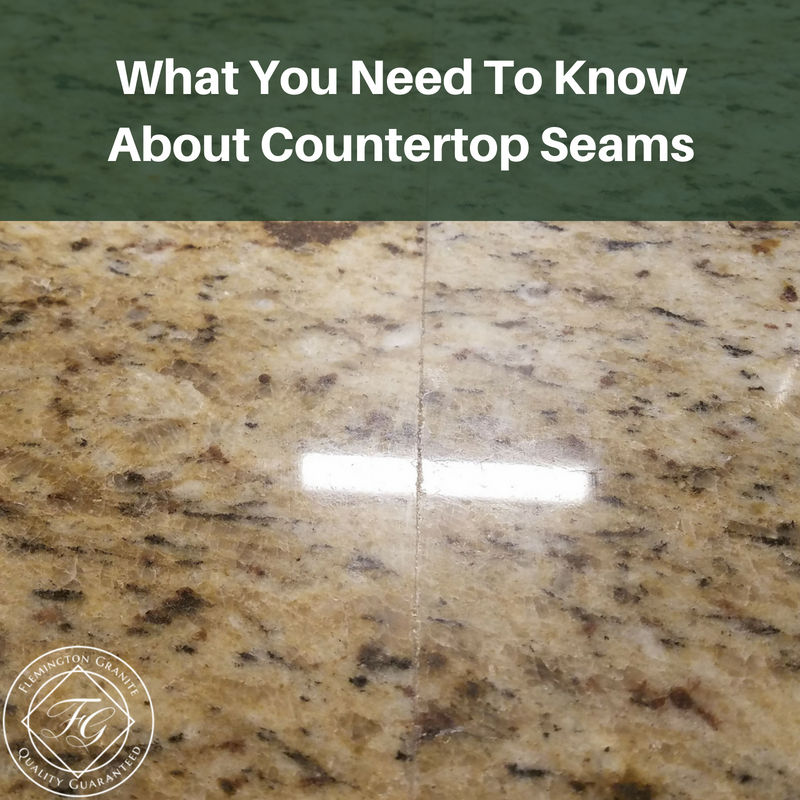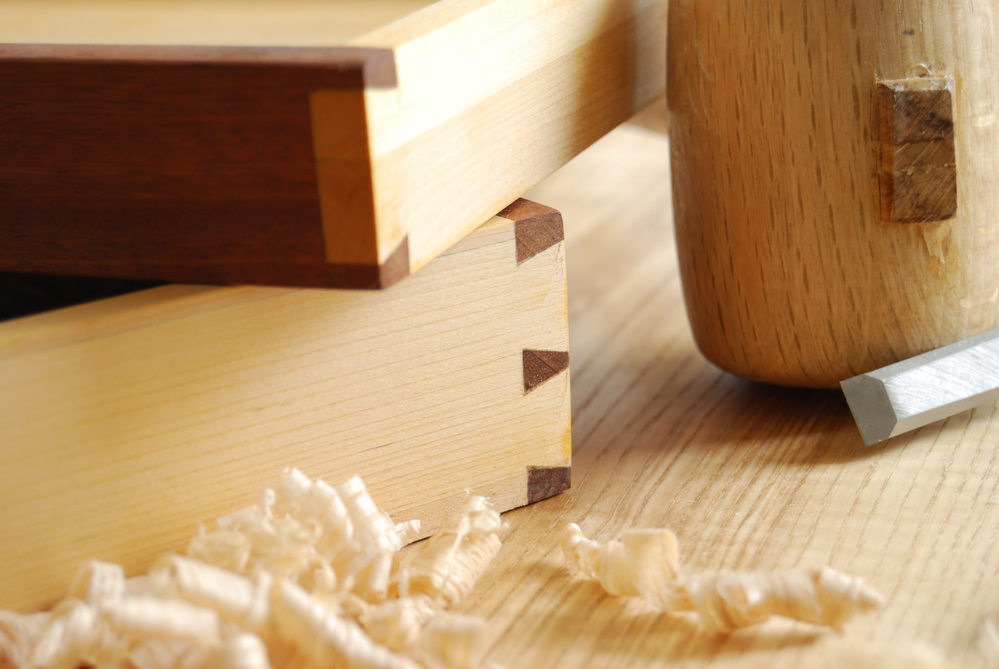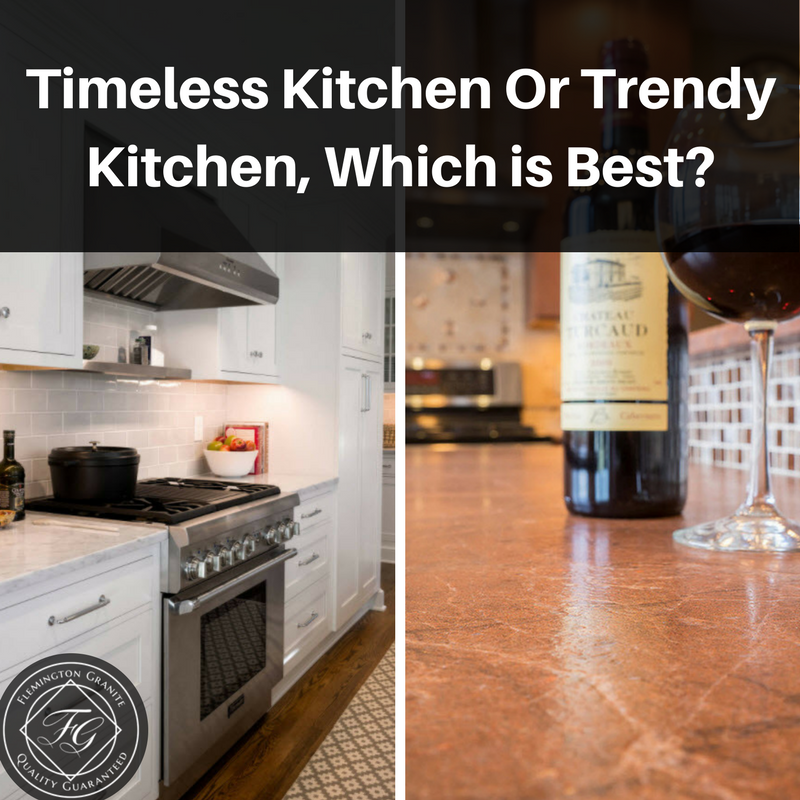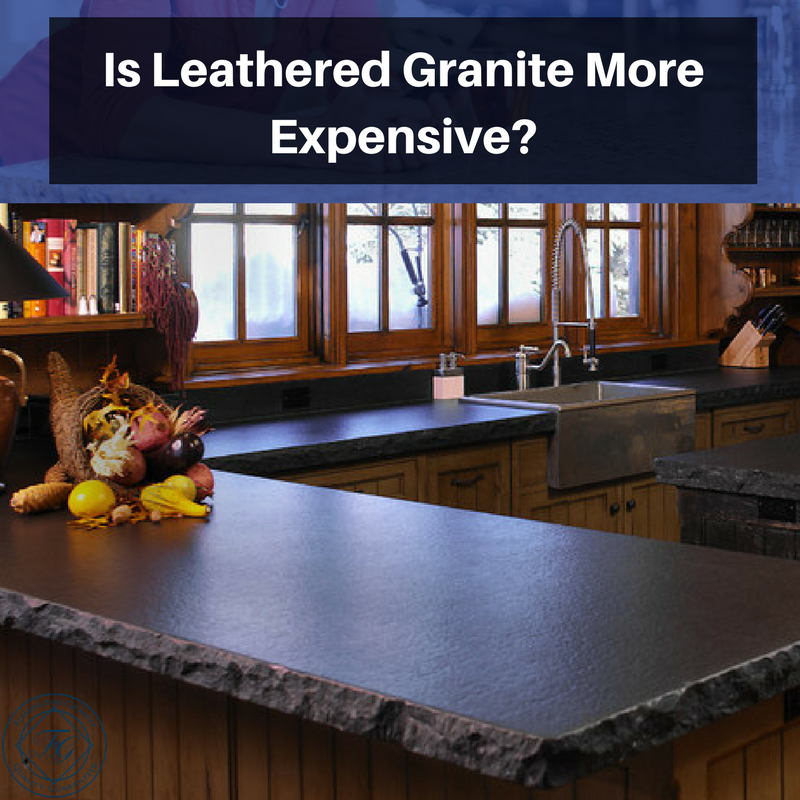Planning a stone countertop installation is a lot more involved than homeowners often think. It’s not just a process of slamming a slab of stone in place and the countertop is complete. There is more to it, which involves creating seams in critical places. Determining where seams are needed is important for anyone thinking about a stone countertop installation. With that thought, the question comes to mind, does my stone countertop need to have a seam?
When Seams are Necessary
When natural stone is used for kitchen countertops there are going to be surface areas that will require a joining together at different junctures. Most stone slabs such as granite, marble and other natural stone materials are usually around 10 feet long and will require at least one seam. Any other required seams made will affect the price of the countertop installation. When homeowners see a slab, oftentimes they think the whole piece can be used without any separation. Maybe a slab that is meant for a bathroom area could be utilized in a seamless manner, but a kitchen countertop is another matter.
Seam Creation
Creating seams with kitchen countertops is a necessary part of the installation process, so what you do need to know about countertop seams involves the following:
- To begin with, you want an experienced fabricator who is able to do the work in a professional manner as well as minimize the appearance of seams. Don’t settle on a low bid price as you may receive inferior workmanship along with a visible seam or seams. Always ask for photos or other evidence of past work completed by the fabricator to ensure that you are getting the best of the best.
- Seam placement depends on the arrangement of the cabinets, sink and any other area that requires a necessary break for effective operation and cleaning purposes. Working with the fabricator is important in dealing with where seams will be placed. No seam should be within a certain number of inches from any of the countertop edges.
- Once a fabricator has advised you and identified the area or areas that require seaming, the stone pieces will be conjoined and filled with an epoxy resin that will be tinted or matched in color to the stone. If a stone choice is multi-colored, a clear resin will be used.
- Any seams that are created should meet a 1/16 of an inch standard, and that process usually involves the use of a specialized, mechanized technique that will join the pieces together to make the closure as precise and compact as possible. Once the epoxy has been applied, any overflow will be removed and the closure will be flattened and made flush with the countertop. An invisible look is the desired effect and if the fabrication has been done correctly, the seam will be unnoticeable or completely invisible. A good fabricator should b able to make the stone look like it is one piece.
Countertop seams don’t have to be a mystery and, yes, most kitchen countertops that involve natural stone material use will require seams to make slab pieces come together in the right formation. If you are considering kitchen countertop installation, and want additional information on proper seam fabrication, complete the online contact form and a countertop expert will get back to you with the information you need to take the worry out of what makes a seam a seam.





















